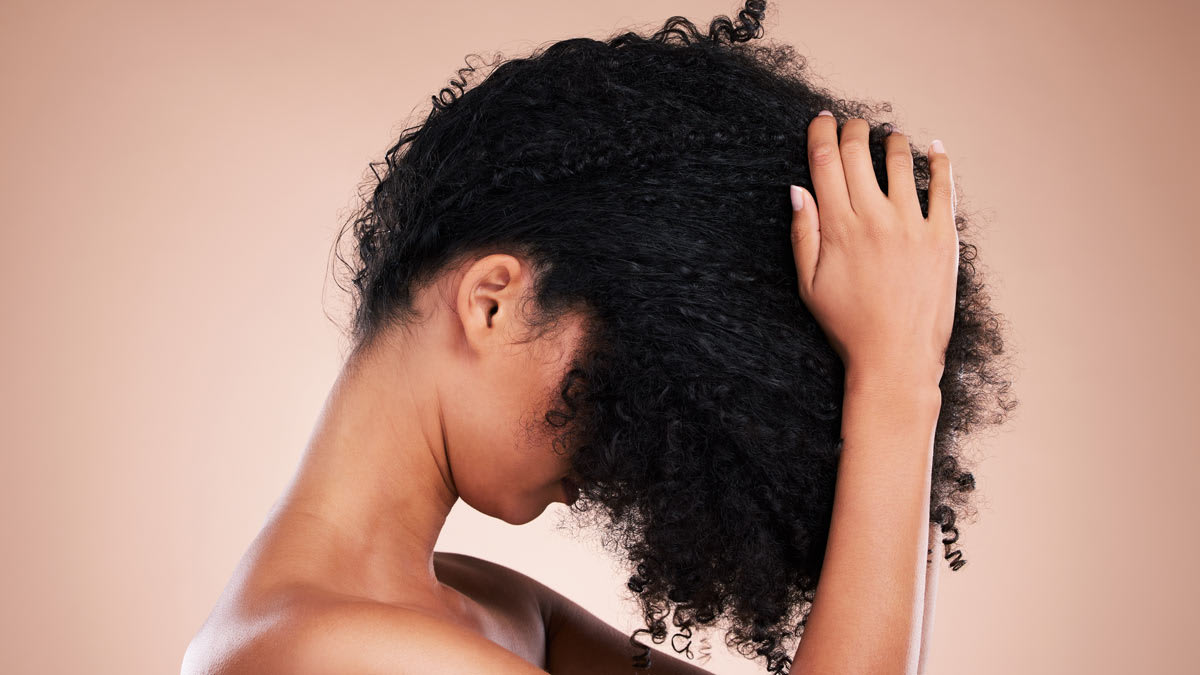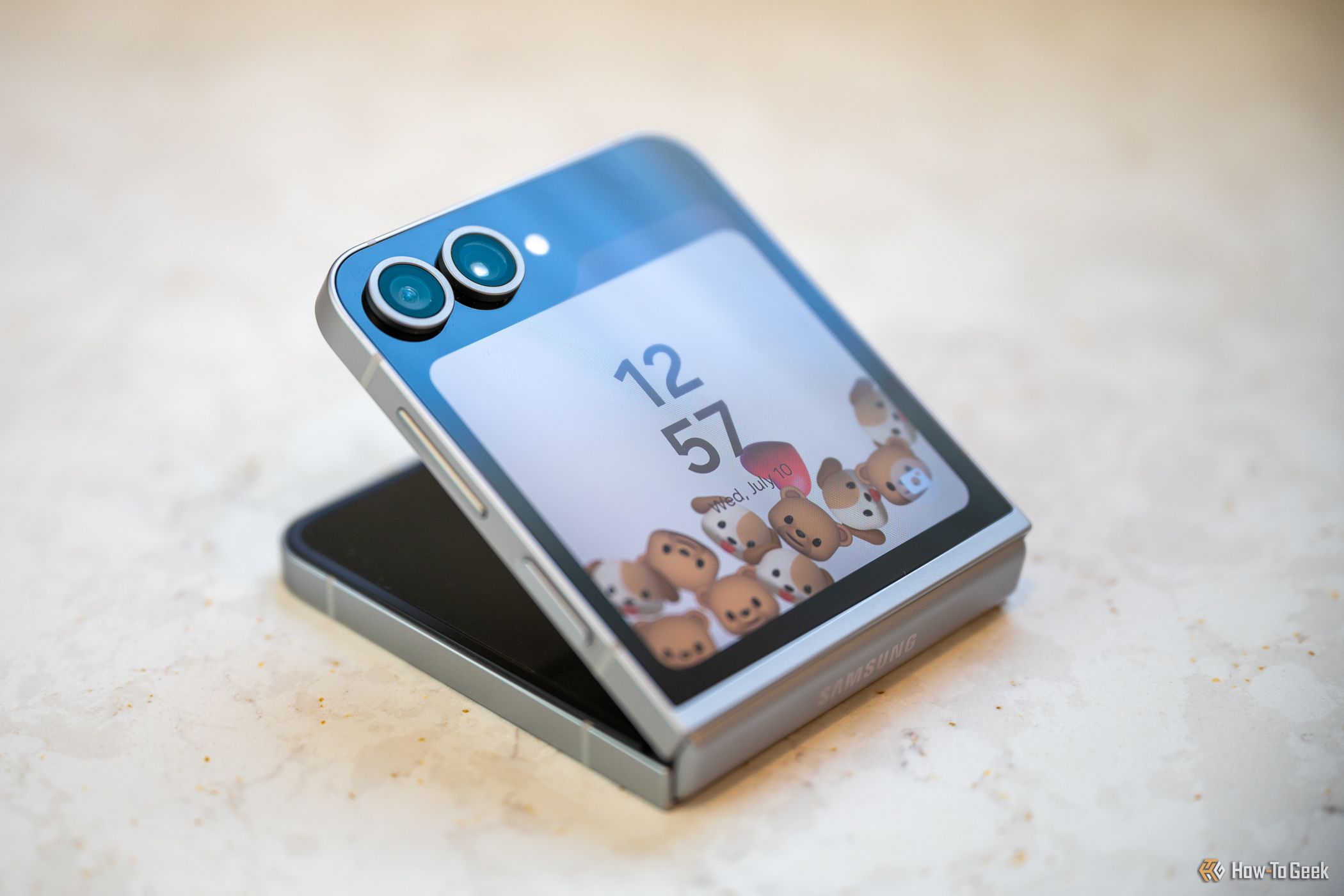Yes, Black People Do Get Lice

So what should you do if you’re just realizing Black people can and do get lice? Here’s what experts recommend.
Understand that lice can happen—to anyone. “Lice are not indicators that a home is dirty, or that a person is unkempt. Those narratives make people less likely to get help because they don’t want to admit it,” says Ramsey, who encourages Black people (and others) to recognize that having lice is not a reflection of hygiene and should not be a source of shame.
Do routine lice checks. According to the CDC, infestations are most common among preschool- and elementary-school-age children, as well as their household members and caretakers. Lice can crawl quickly and are spread primarily by close person-to-person contact. (Contrary to popular belief, they do not jump or fly.)
Lice are photosensitive, meaning they shy away from light, so they’re not easy to spot without looking intently for them. Use gloves. Part the person’s hair to expose the scalp. Adult lice are dark in color and about the size of a poppy seed. Look for them crawling on the scalp or hair shafts, and for lighter-colored nits attached to the shafts around ¼ inch from the scalp. Pay special attention to the crown of the head, the nape of the neck, and behind the ears. And switch gloves before checking additional people.
For more nit-picking tips, check out this guide from the CDC.
Use caution at the counter. If you spot lice, take note before you run to the drug store for help: Super lice are here. In one 2016 study published in the Journal of Medical Entomology, researchers found that 98 percent of lice collected around the U.S. had genetic mutations that made them resistant to over-the-counter products that contain pyrethrins or pyrethroids (like permethrin), the active ingredients in Nix and Rid.
CR’s product safety team and our senior scientist, Michael Hansen, PhD, recommend skipping them.
Instead, consider topical spinosad (Natroba and generic) or topical ivermectin (Sklice). Both can cause irritation, so follow the instructions carefully.
Go for slip. Clinical research supports silicone-based materials, and a technique known as wet combing, as effective and safe alternatives to insecticides for the treatment of head lice.
But afro-textured hair is different from straight hair and requires a different approach. Begin by sectioning the hair with a wide-toothed comb to create individual manageable sections, then clear them of lice and nits one area at a time. Using a metal nit comb, apply a non-pesticide, silicone-based material like dimethicone from hair root to tip. The silicone base provides “slip” to ease hair through the lice comb while also coating the lice, which suffocates them.
Note that wet combing has to be repeated three to four times a week for several weeks to be fully effective and can strain fragile curly hair to the point of breakage. Also keep in mind that not all “slip” is created equal: A 2018 study that looked exclusively at home remedies, including petroleum jelly, mayonnaise, and olive oil, found that none were particularly effective.
Consider treating with heat. While afro-textured hair shafts may be harder for lice to grip, dense curls can also give the parasites a place to hide and make spotting and treating them more challenging.
“It really is a beast to try and get those lice combs through afro-textured hair,” says Mortenson, who often recommends that Black customers straighten their hair before coming to her clinics. “It just makes the process a lot faster and more comfortable, especially for the kiddos,” she says.
Implements like flat irons or pressing combs can straighten textured hair and make it easier to use a lice comb but may also put excessive stress on the hair. A less stressful approach is performing a blowout with a hair dryer, using a process similar to a wet combing: First, section clean, wet hair; then apply a leave-in conditioner before brushing the hair from root to end while blow-drying. Hair does not need to be perfectly straight to make it easier to spot lice and nits and use a lice comb.
Source link











